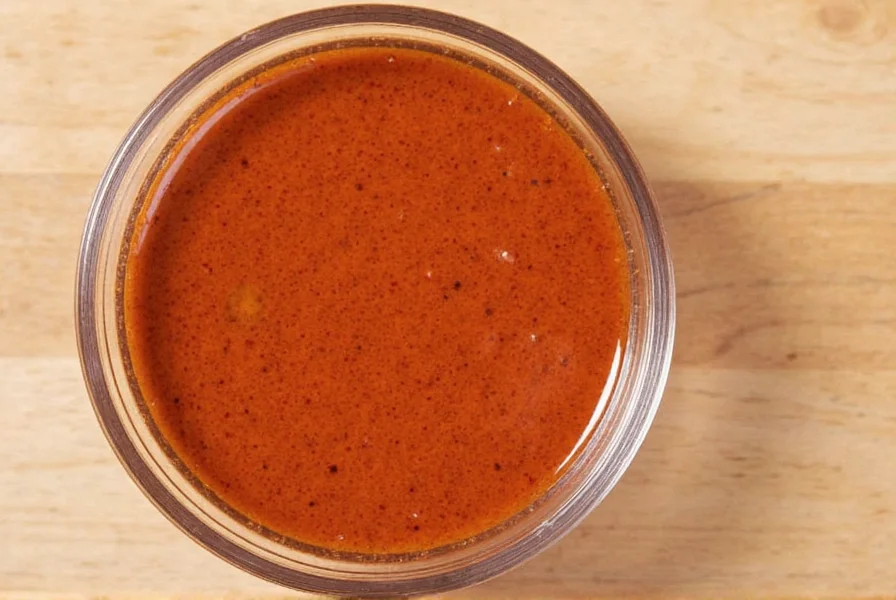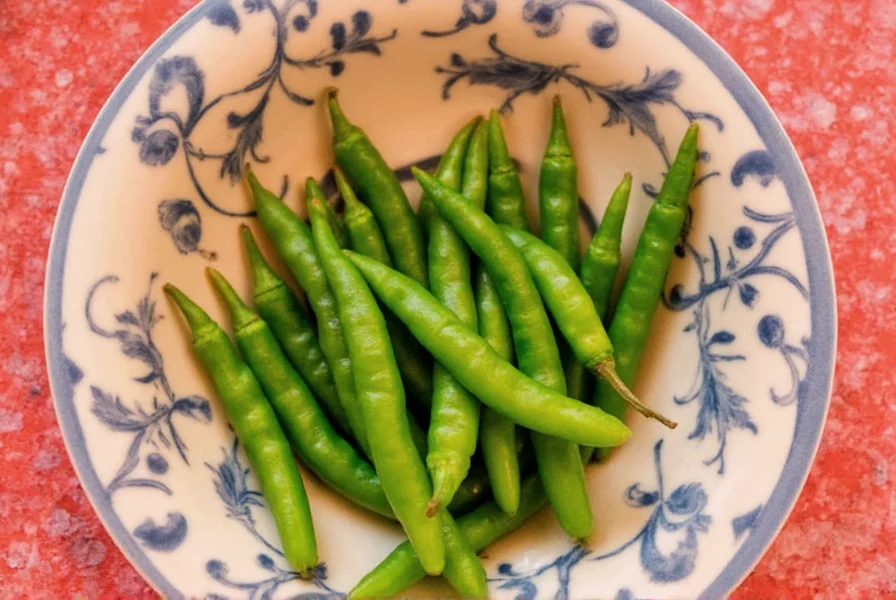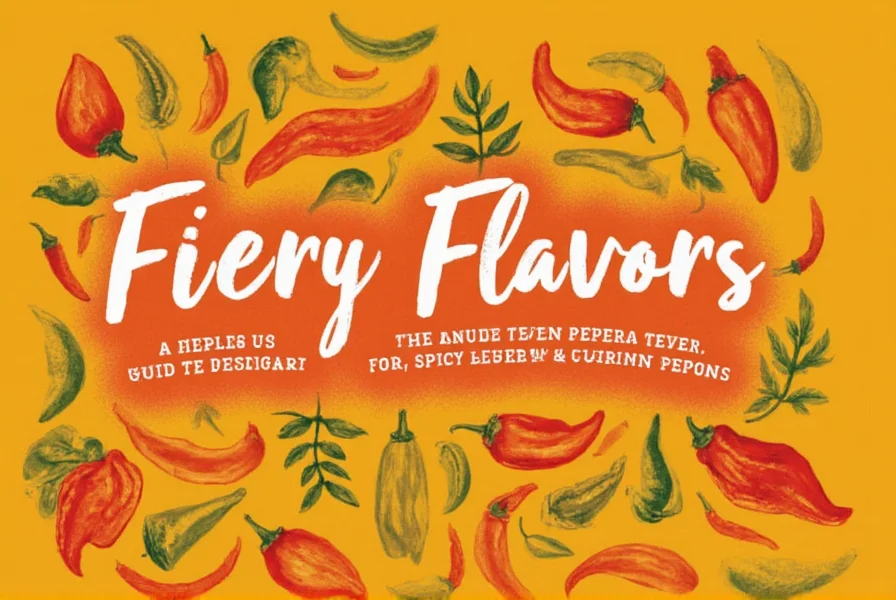Capsicum peppers, also known as bell peppers or chili peppers, are versatile fruits from the Capsicum genus that add flavor, color, and nutrition to dishes worldwide. This comprehensive guide covers everything you need to know about capsicum varieties, heat levels, health benefits, cooking techniques, and growing tips.
Table of Contents
- What Exactly Is a Capsicum Pepper?
- The Heat Scale: Scoville Units Explained
- Types of Capsicum Peppers and Their Uses
- Health Benefits You'll Want to Know
- Cooking Tips: How to Use Capsicum Like a Pro
- Buying Guide: Choosing the Best Capsicum Peppers
- Want to Grow Your Own? Here's How
- Frequently Asked Questions
- Conclusion
What Exactly Is a Capsicum Pepper?
The term capsicum pepper refers to plants in the genus Capsicum, which belongs to the nightshade family Solanaceae. While often called peppers, they're botanically classified as fruits — but culinarily treated like vegetables.
Capsicums come in a dazzling array of colors (green, red, orange, yellow, purple), shapes, sizes, and most importantly — levels of spiciness. The key compound behind their heat is capsaicin, which activates pain receptors in your mouth, creating that classic spicy sensation.
Why Are Capsicum Peppers So Popular?
- Versatile: Used in salsas, stews, curries, stir-fries, and more
- Nutrient-rich: Packed with vitamins C, B6, and potassium
- Flavor-packed: Whether sweet or spicy, each variety brings unique character
- Heat customization: Easy to control spice level by removing seeds and membranes
The Heat Scale: Scoville Units Explained
Ever wondered how hot a jalapeño really is compared to a habanero? Enter the Scoville scale, developed by pharmacist Wilbur Scoville in 1912. It measures the concentration of capsaicinoids, primarily capsaicin, and expresses them in Scoville Heat Units (SHU).
| Pepper Type | Scoville Heat Units (SHU) | Common Use |
|---|---|---|
| Bell Pepper | 0 SHU | Sweet crunch in salads or sautés |
| Jalapeño | 2,500 – 8,000 SHU | Mexican dishes, nachos, stuffed peppers |
| Serrano | 10,000 – 23,000 SHU | Pico de gallo, sauces, soups |
| Habanero | 100,000 – 350,000 SHU | Hot sauces, Caribbean cooking |
| Ghost Pepper (Bhut Jolokia) | 1,000,000+ SHU | Extreme heat challenges, fermented sauces |

Remember: Capsaicin is oil-based, so water won't help if you're burning! Reach for milk, yogurt, or even ice cream instead.
Types of Capsicum Peppers and Their Uses
Let's dive into some of the most popular varieties you'll find at markets or online spice shops:
Bell Pepper
Flavor Profile: Sweet, mild, slightly grassy
Best For: Stir-fries, salads, grilling, stuffing
Jalapeño
Flavor Profile: Medium heat, bright and peppery
Best For: Salsas, guacamole, tacos, pizza toppings
Hatch Green Chile
Flavor Profile: Earthy, tangy, smoky when roasted
Best For: Southwestern cuisine, chile rellenos, enchiladas
Cayenne
Flavor Profile: Sharp, biting heat
Best For: Dried chili powder, homemade hot sauce, seasoning blends
Shishito
Flavor Profile: Lightly bitter, with occasional surprise heat
Best For: Japanese-style appetizers, quick pan-fry snacks
Health Benefits You'll Want to Know
Capsicum peppers aren't just about heat and flavor — they offer serious health perks:
- Rich in Vitamin C: Red bell peppers have more vitamin C than citrus fruits.
- Anti-inflammatory: Capsaicin has been shown to reduce inflammation and may help alleviate arthritis symptoms.
- Boosts Metabolism: Capsaicin increases body temperature and metabolic rate temporarily.
- Heart Health: Studies suggest that regular consumption of spicy foods can improve cholesterol levels.
- Digestive Aid: Moderate use can stimulate digestion and promote gut motility.
Cooking Tips: How to Use Capsicum Like a Pro
Whether you're making a stew or a fresh salsa, here are expert-approved tips to get the most out of your capsicum peppers:
1. Control the Heat
Remove the seeds and white pith inside the pepper to drastically reduce its spiciness. Most of the capsaicin is concentrated there.
2. Roast Them for Smoky Flavor
Roasting over an open flame or under a broiler adds a deep, smoky richness. Perfect for poblano, Anaheim, and Hatch chiles.
3. Freeze for Later Use
You don't need to blanch or peel peppers before freezing. Just wash, dry, and toss whole or sliced into a freezer bag. They're perfect for soups and stews later!
4. Pair With Creamy Ingredients
Cool down the heat with dairy like sour cream, cheese, or yogurt. Think about classic combinations like raita or cheddar-stuffed jalapeños.
5. Make Your Own Chili Oil
Combine dried cayenne flakes, toasted sesame oil, and optional aromatics (garlic, ginger) for a versatile condiment that lasts weeks.
Buying Guide: Choosing the Best Capsicum Peppers
When shopping for capsicum peppers — whether in your local grocery store or a specialty spice market — consider these factors:
1. Look for Firmness
A good pepper should feel heavy for its size and be firm to the touch. Avoid wrinkled or soft spots, which indicate age or poor storage.
2. Color Matters
Red, yellow, and orange peppers are usually sweeter and more mature. Green ones tend to be less expensive but also more vegetal in flavor.
3. Check the Stem
A fresh green stem means the pepper was recently picked. If it's brown or missing, it might be older.
4. Fresh vs. Dried
Use fresh peppers for raw applications or short-cook recipes. Dried versions (like ancho, pasilla, or arbol) are great for sauces, rubs, and longer cooking times.
5. Organic vs. Conventional
If you're sensitive to pesticides or want cleaner ingredients, opt for organic. Peppers are generally not among the most pesticide-laden produce, but washing is always recommended.
Want to Grow Your Own? Here's How
Growing your own capsicum peppers is incredibly rewarding — and easier than you think!
Starting from Seed
Start seeds indoors 8–10 weeks before the last frost. Use a seed-starting mix and keep temperatures around 70–80°F for best germination.
Sunlight & Soil
Pepper plants thrive in full sun (at least 6–8 hours daily) and well-draining soil rich in organic matter.
Watering Tips
Consistent watering is key. Water deeply once or twice a week rather than light daily sprinkles to encourage strong root growth.
Harvest Time
Peppers can be harvested when green or left to ripen to red, orange, or yellow. Riper peppers are sweeter and contain more nutrients.

Frequently Asked Questions
What's the difference between "capsicum" and "chili pepper"?
The terms are often used interchangeably, but technically "capsicum" refers to the entire genus of peppers, while "chili" (or "chile") typically refers to the spicy varieties. In some regions like Australia and New Zealand, "capsicum" is the common term for what Americans call "bell peppers." The confusion often stems from regional naming differences rather than botanical distinctions.
Why do my hands burn after handling hot peppers, and how can I prevent it?
Capsaicin, the compound that makes peppers hot, is oil-based and transfers easily to skin. To prevent burning hands, wear disposable gloves when handling hot peppers. If you do get burned, wash hands with soapy water, then apply rubbing alcohol or milk to dissolve the capsaicin oils. Avoid touching your face until hands are thoroughly cleaned.
How can I reduce the heat of a pepper without losing flavor?
Remove only the white pith (the inner ribs) while keeping the flesh intact. The pith contains most of the capsaicin, but the flesh holds more of the pepper's flavor compounds. For a more nuanced approach, pair spicy peppers with ingredients that complement rather than mask their flavor, like citrus zest, herbs, or fruit.
What are the best capsicum peppers for beginners to try?
Start with milder varieties that offer flavor without overwhelming heat: Poblano (1,000-2,000 SHU), Anaheim (500-2,500 SHU), or Cubanelle (100-1,000 SHU). These peppers provide distinctive flavor profiles while being manageable for those new to cooking with heat. Bell peppers are technically capsicums too, but without the capsaicin kick.
How do I store capsicum peppers to keep them fresh longer?
Store unwashed peppers in the crisper drawer of your refrigerator. Bell peppers can last 2-3 weeks, while hotter varieties like jalapeños last about 1-2 weeks. For longer storage, slice and freeze peppers in airtight containers (no need to blanch). Drying is another excellent preservation method—string them up in a warm, dry place or use a food dehydrator.
Can I substitute one type of capsicum pepper for another in recipes?
Yes, but consider both heat level and flavor profile. For heat substitution, use this general guideline: 1 habanero ≈ 2-4 serranos ≈ 6-8 jalapeños. For flavor, choose substitutes with similar characteristics—smoky peppers (like chipotle) shouldn't replace bright, grassy peppers (like fresno) in recipes where flavor matters as much as heat. When in doubt, start with less pepper and add more as needed.
Why are some peppers spicy while others (like bell peppers) aren't?
Spiciness comes from capsaicin production, which is controlled by a specific gene. Bell peppers and other non-spicy varieties lack a functional version of this gene due to selective breeding. This genetic difference means they don't produce capsaicin, resulting in their sweet, mild flavor. Interestingly, all capsicum peppers evolved from a common ancestor that was likely spicy.
How can I grow capsicum peppers with more intense flavor?
For more flavorful peppers, slightly stress the plants by reducing water once fruits begin to form (but don't let them wilt). Grow them in nutrient-rich soil with plenty of organic matter, and ensure they receive at least 6-8 hours of direct sunlight daily. Harvest peppers when fully ripe (usually red, yellow, or orange) rather than green, as ripening increases sugar content and flavor complexity.
Conclusion
From mild sweetness to searing heat, capsicum peppers bring excitement, nutrition, and versatility to your kitchen. Whether you're slicing into a fresh bell pepper for a salad or grinding dried cayenne into your favorite curry blend, understanding the different types, uses, and benefits will elevate your cooking game.
So next time you reach for a pepper, remember: you're not just adding spice — you're unlocking flavor, color, and tradition all in one bite.











 浙公网安备
33010002000092号
浙公网安备
33010002000092号 浙B2-20120091-4
浙B2-20120091-4